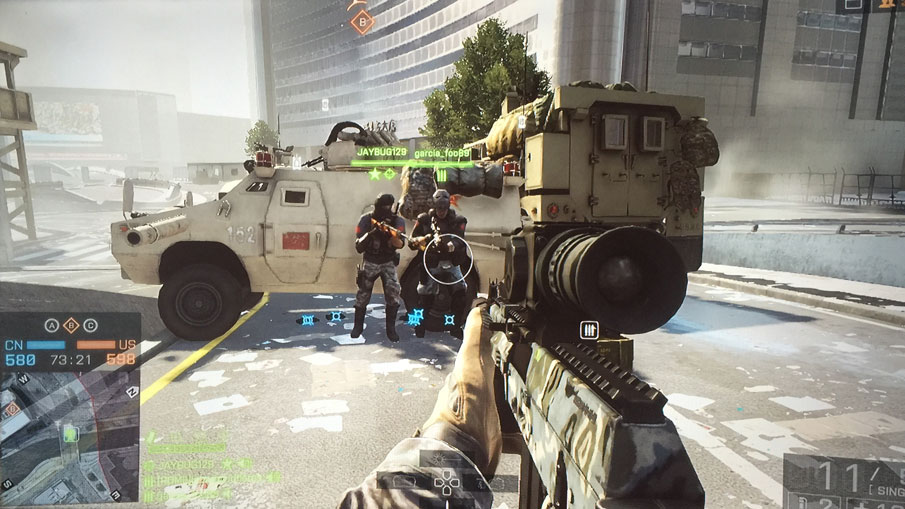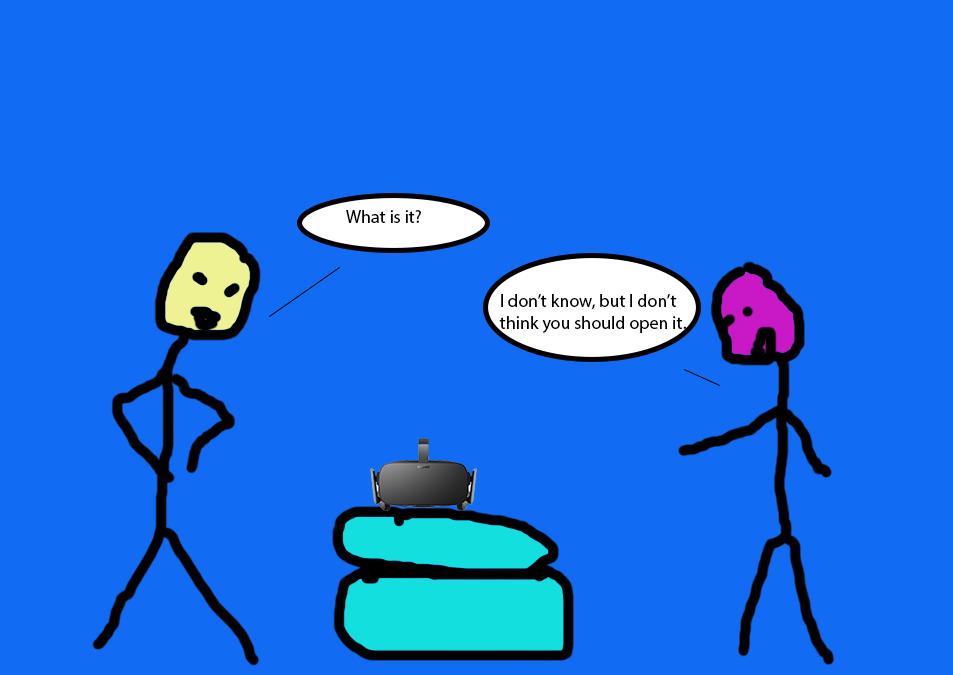https://youtu.be/z-Po7QLx1NE
Desde junio de este año, BOOM Salad ha estado rentando sus propios “servidores”[1] para el videojuego violento, Battlefield 4.[2] Esto quiere decir que por los últimos meses hemos pagado una compañía por el privilegio de manejar y mantener nuestro propio ámbito multijugador online para el juego. Prácticamente cualquier persona en cualquier país que posea Battlefield 4 y que tenga una conexión internet de alta velocidad puede jugar en nuestros servidores.
Durante los últimos 120 días que nuestro servido Playstation 3 (PS3) ha estado disponible y accesible al público, hemos jugado con y contra jugadores de una gran variedad de grupos de edad, de cultura, de etnia y de género. Esto nos ha permitido una oportunidad única de observar y participar directamente en lo que es conocido como los masivos juegos multijugador mundiales o Massively Multiplayer Online Gaming (MMO, véase Figura 1).

Ejemplos importantes de este género incluyen World of Warcraft y Minecraft. El juego Minecraft se ha devuelto en un fenómeno cultural mundial comparable con la manía del juego Pacman de los primeros años de 1980.[3] Más que un simple laberinto en que la meta nunca cambia ni llega a ser más que el consumo de puntos, frutas y fantasmas, es perfectamente posible que Minecraft sea uno de los juegos más sutilmente complejo que jamás se ha visto.
Como su anónimo, es mejor pensar en el juego como que tiene “niveles” de complejidad. Cada nivel ofrece muchas oportunidades de interacción empática y pro-social con otros jugadores online. El número de jugadores que pueden participar en una sola sesión depende en el plataforma, pero para las consolas como Playstation 4 (PS4), lo máximo es ocho a la vez.[4] En las conversaciones que hemos tenido con los jugadores menores de Minecraft,[5] nos dijeron una y otra vez que el motivo principal era construir cosas con sus amigos. La frase “construir cosas” no quiere decir espadas, bombas y otras armas aunque eso puede ser. A los jóvenes con quienes hemos hablado les interesaba mucho más construir castillos con recámaras adornadas y habitaciones subterráneas (véase el video de abajo). Sin embargo, ya que este juego incluye imágenes violentas en sus escenarios de batalla (que se puede activar o desactivar), eso se equivale con otros llamados “videojuegos violentos” como Battlefield 4 y por consecuencia se les considera “peligroso [para la sociedad],” por muchos de la comunidad médica. [6]
En las Ediciones I y II de esta serie hemos demostrado cómo los argumentos en contra los videojuegos con representaciones violentas son basados en una llamada “conexión” entre la violencia del mundo real y la de los videojuegos. Esta “conexión” es observada en aquellos que juegan los videojuegos violentos, según los resultados de varias investigaciones médicas, [7] por la disminución cuantificable de la función cognitiva dentro de las áreas conocidas como reguladores e influencias en el comportamiento agresivo y violento. Si estas conclusiones son exactas o no, [8] el hecho es que no ofrecen una respuesta suficiente a la pregunta más importante de todas (algo que BOOM Salad ha procurado contestar desde nuestra primera edición [9]): ¿Por qué la gente juega estos juegos en primer lugar?




